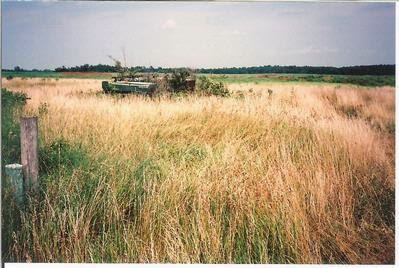Once upon a time, the beers of Munich were deemed “less than satisfactory” for then Duke of Bavaria, Willhelm V. As a result, his demanding household ordered that beer be imported from the town of Einbeck in Lower Saxony. In order to reconcile cost and pleasure, Willhelm’s chamberlain and counselors suggested that a ducal brewery be built. The Duke was delighted, and on the very same day, recruited a monastic brewmaster to plan and supervise construction of the brewery that would be known as Hofbräuhaus.
Wilhelm’s son and heir, Maximilian I had different tastes in beer. Preferring Weissbier (wheat beer) to the then popular Braunbier, and possessing a savvy business sense, he forbade all other private breweries from brewing Weissbier, creating a regal monopoly that would not only support his court financially, but would ensure no less than 400 years of experience in Weissbier brewing for Hofbräu München.
But ducal tastes can be fickle, and in 1613, the court was complaining that Braunbier and Weissbier were not strong enough; they longed for the good old fortified beer from Einbeck. A rather concerned brewmaster (Elias Pichler) got to experimenting and produced the first Munich beer made with Einbeck methods. This “Maibock”, as it was called, would not only satisfy the court, it proved to be the salvation of the city when in 1632, during the Thirty Years’ War, the occupying Swedish army only abstained from plundering and burning the city when appeased with 344 pails of Maibock beer brewed in the Hofbräuhaus brewery.





.jpg)
